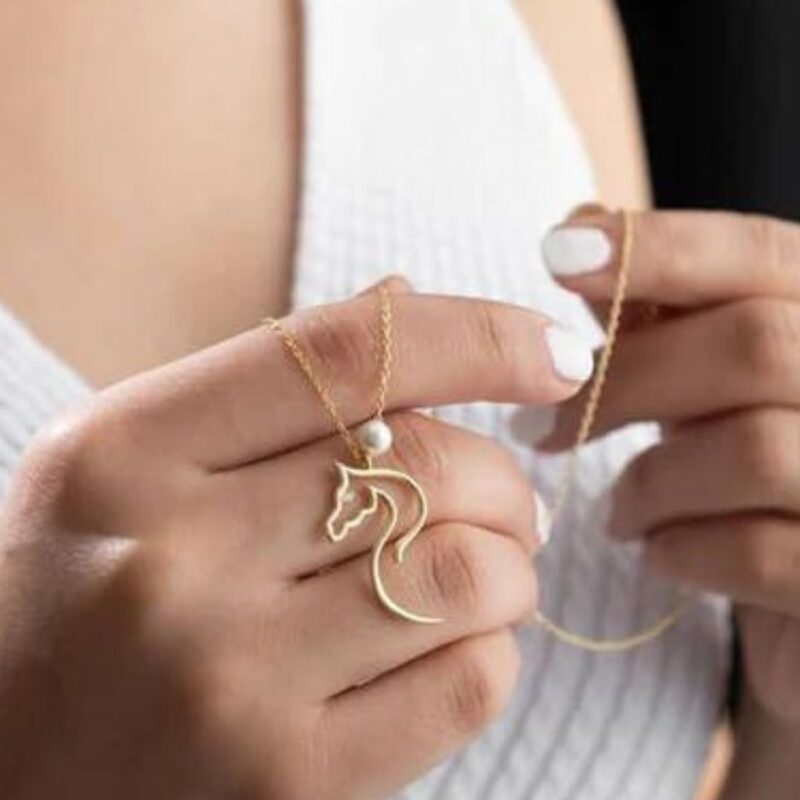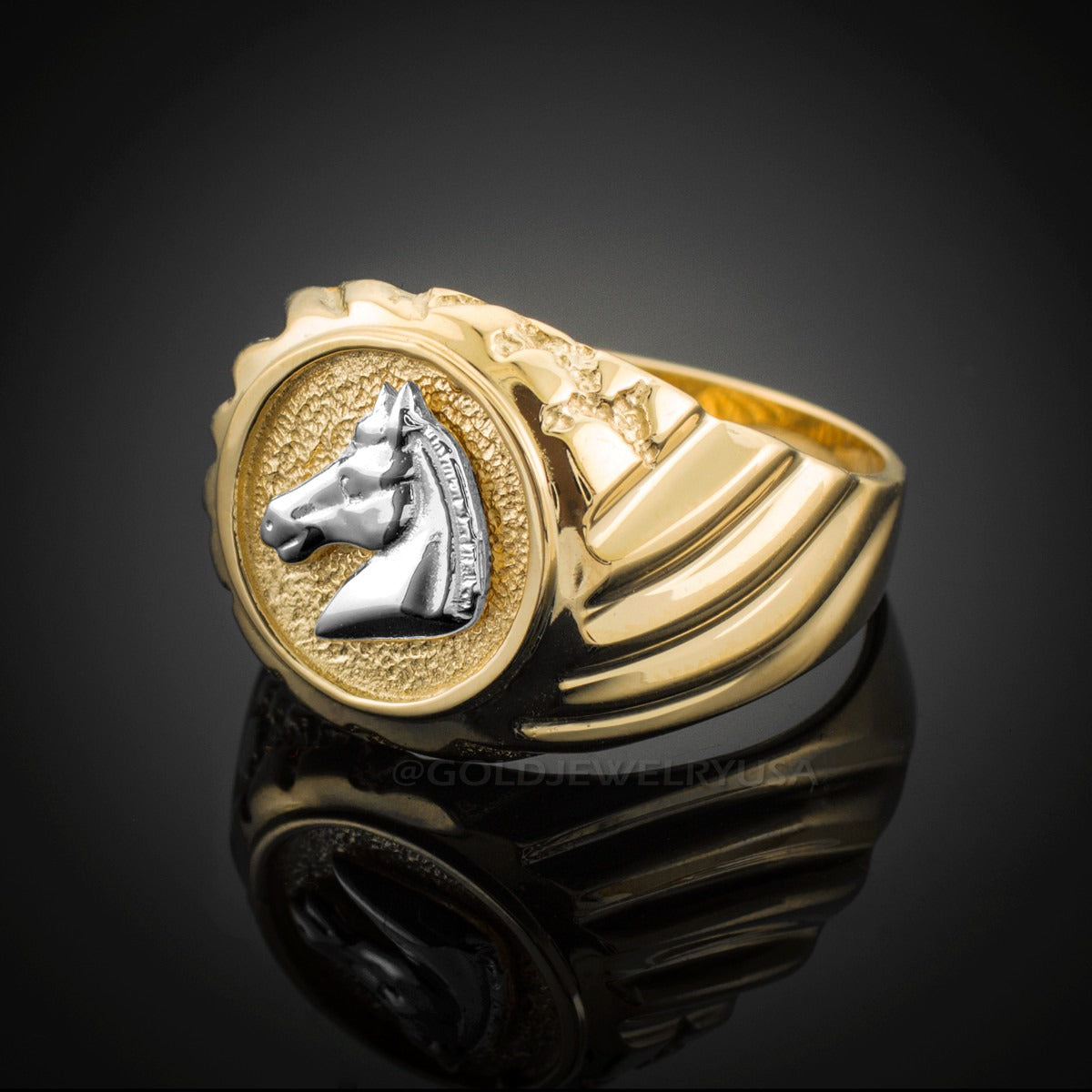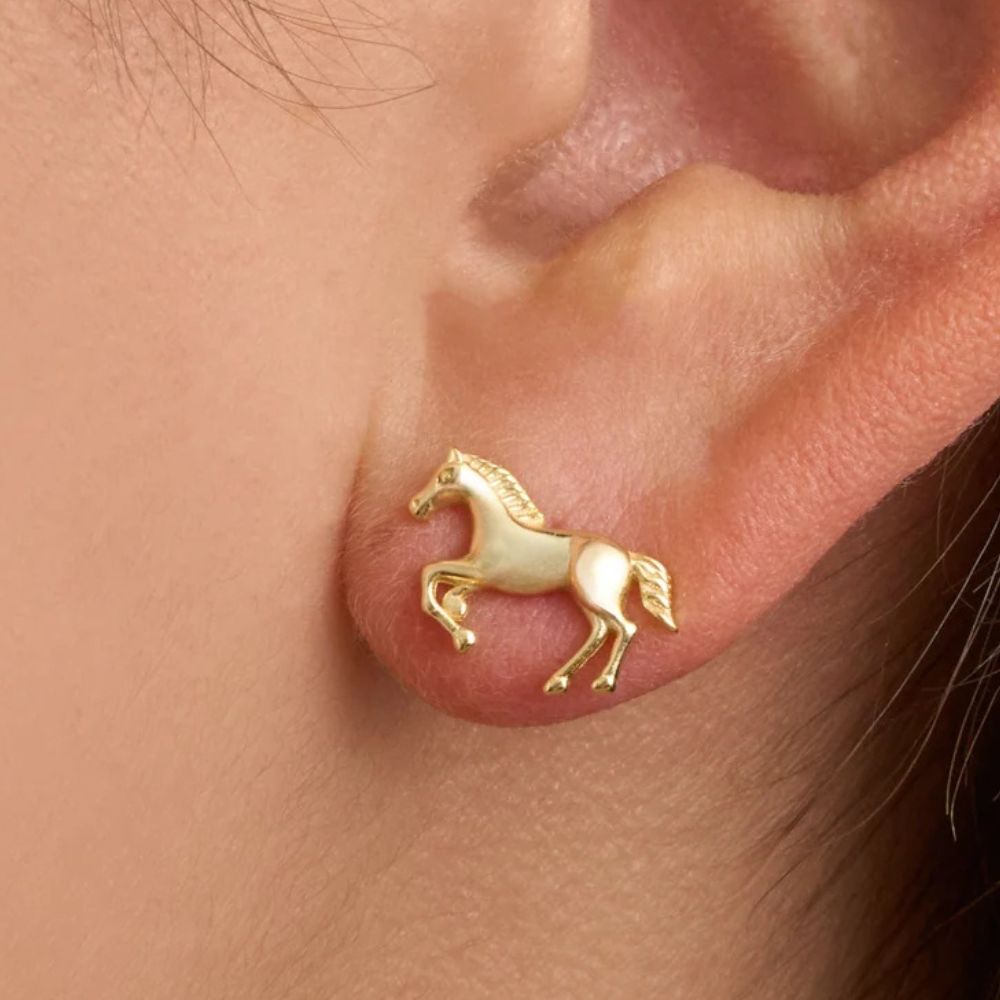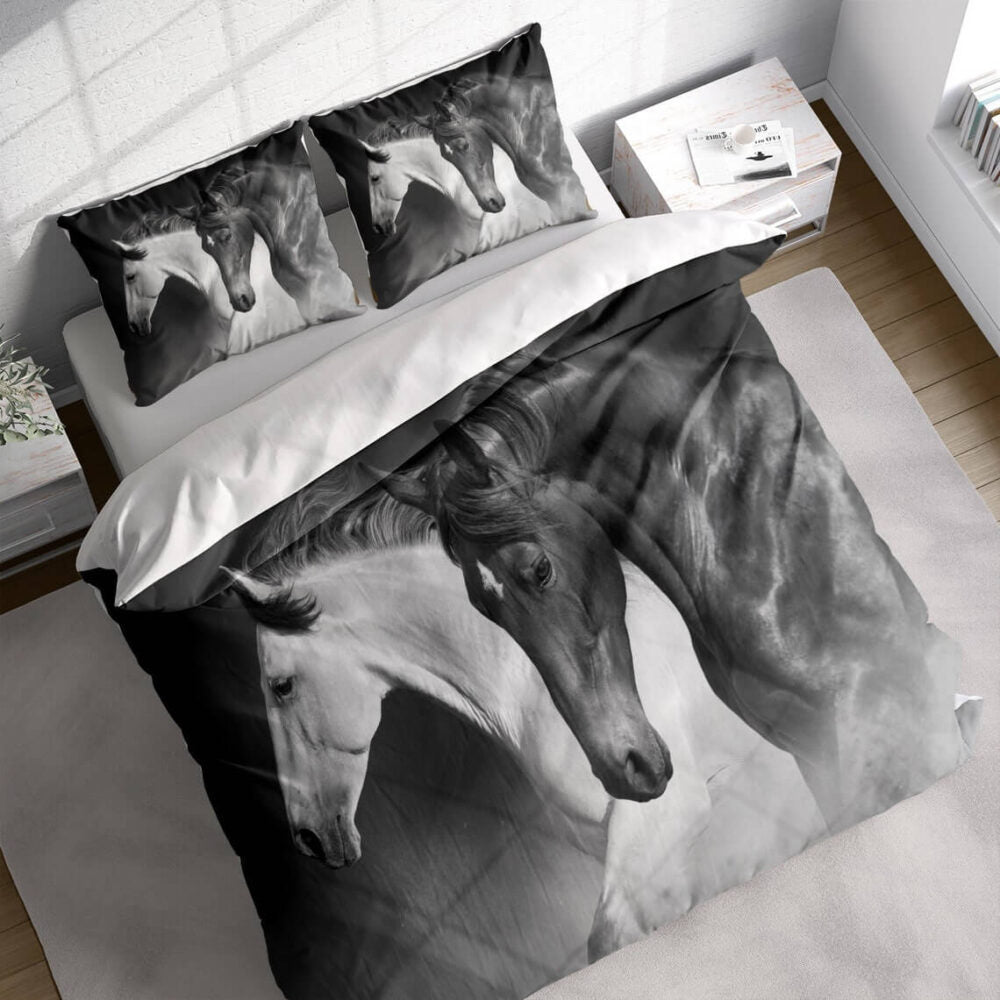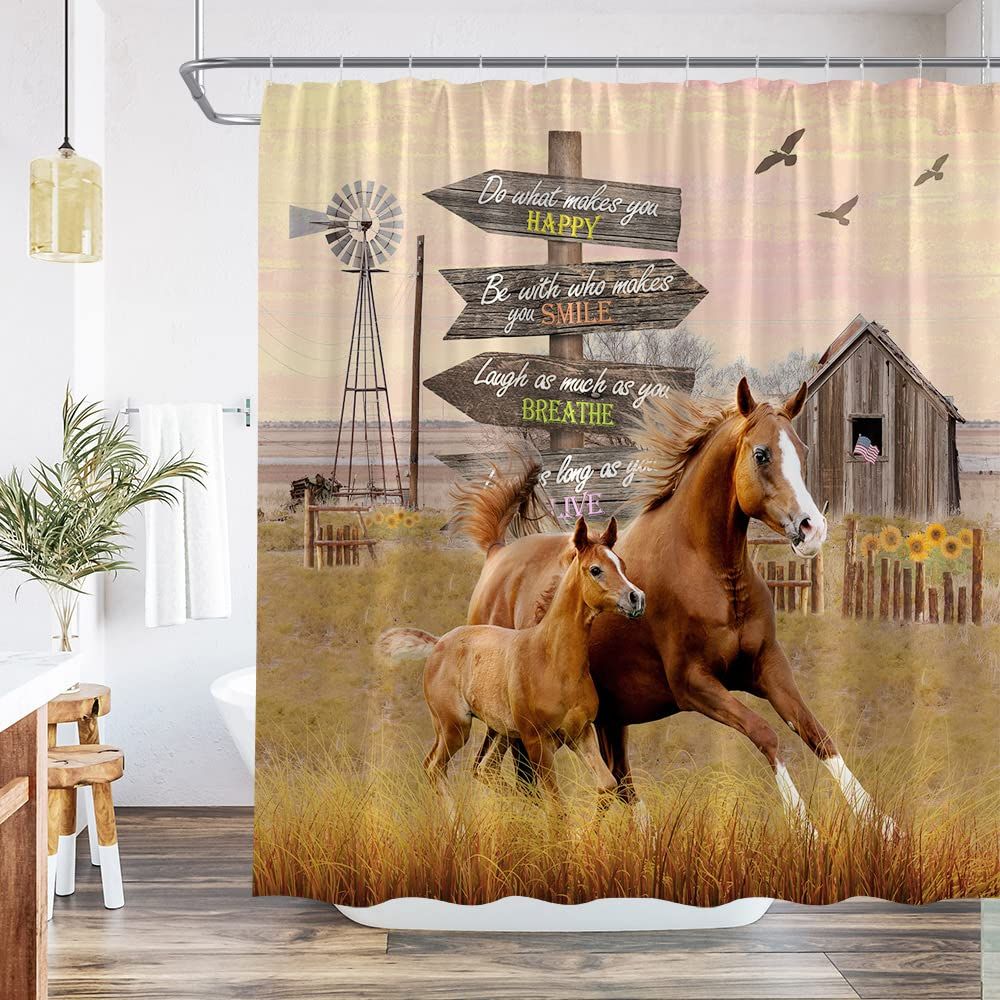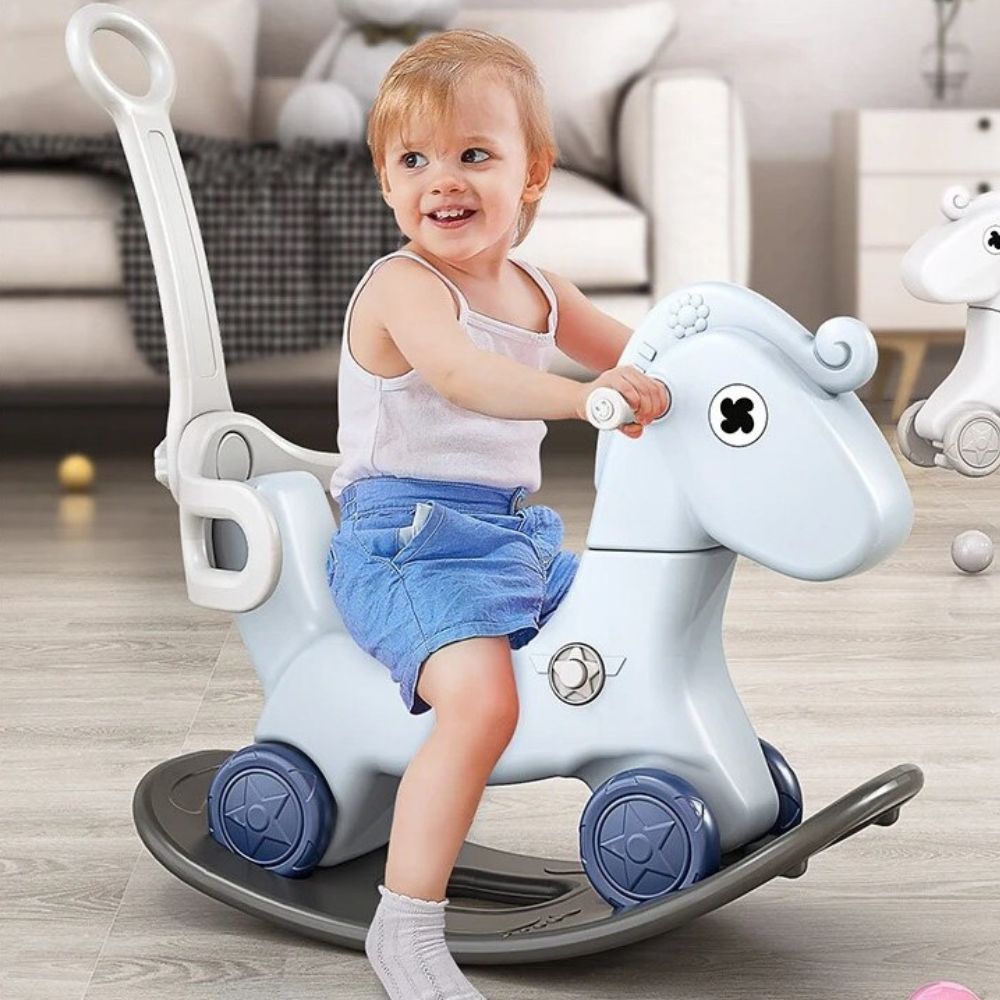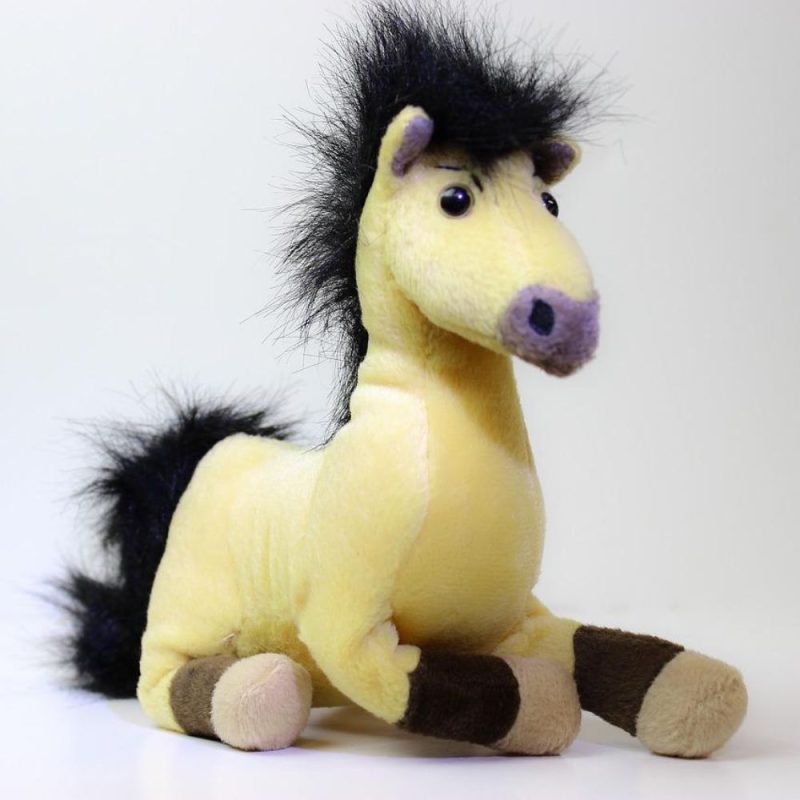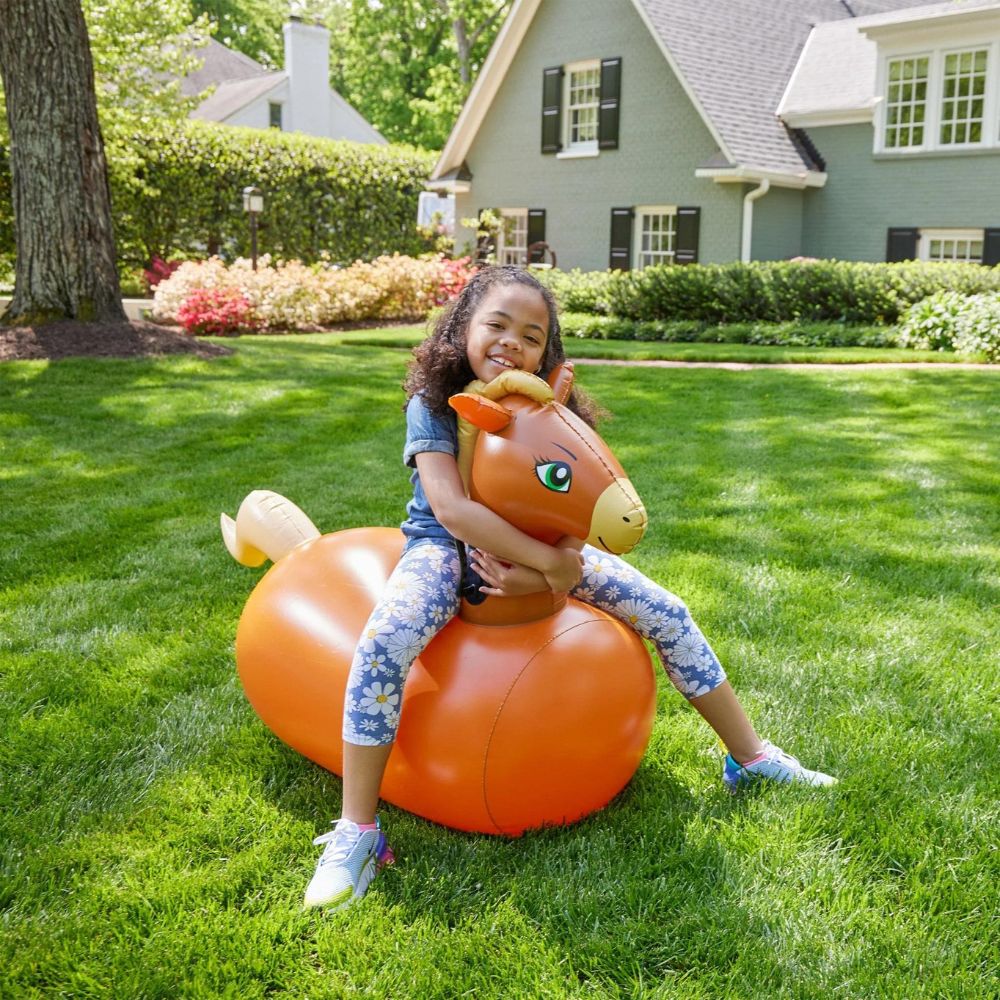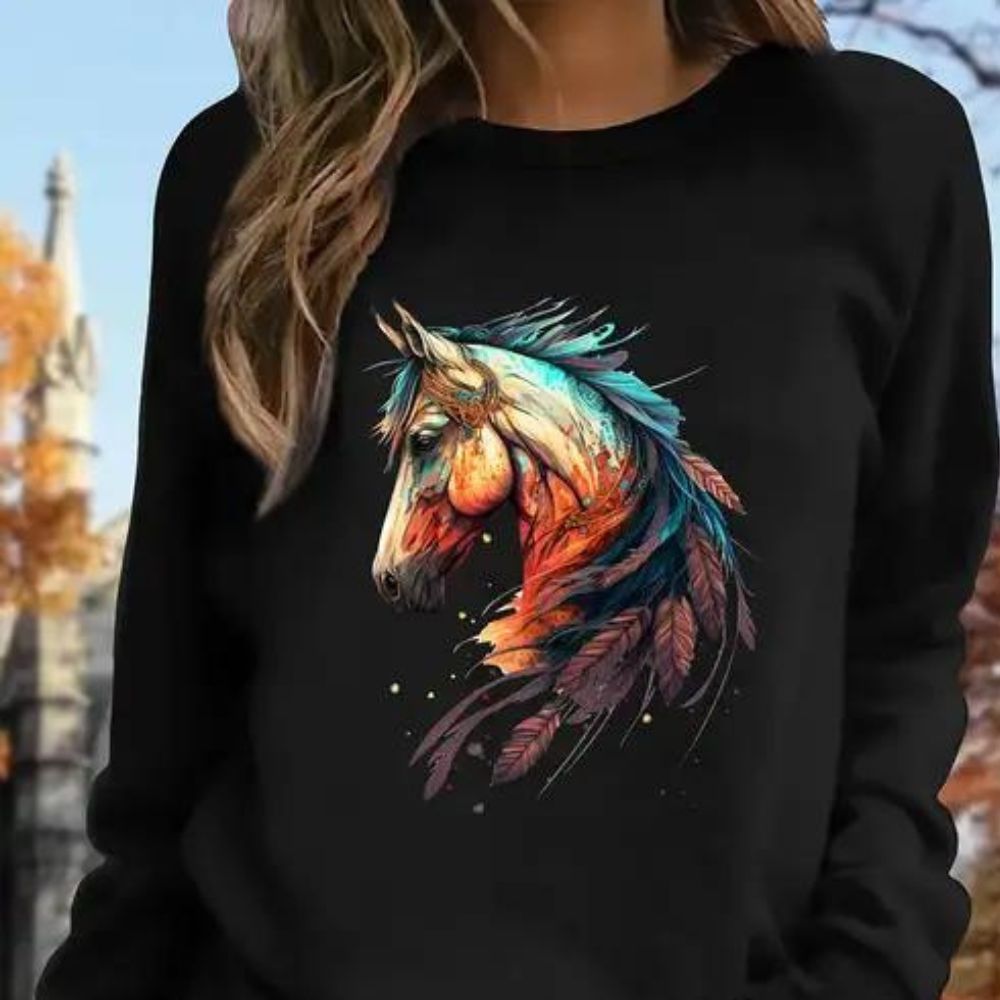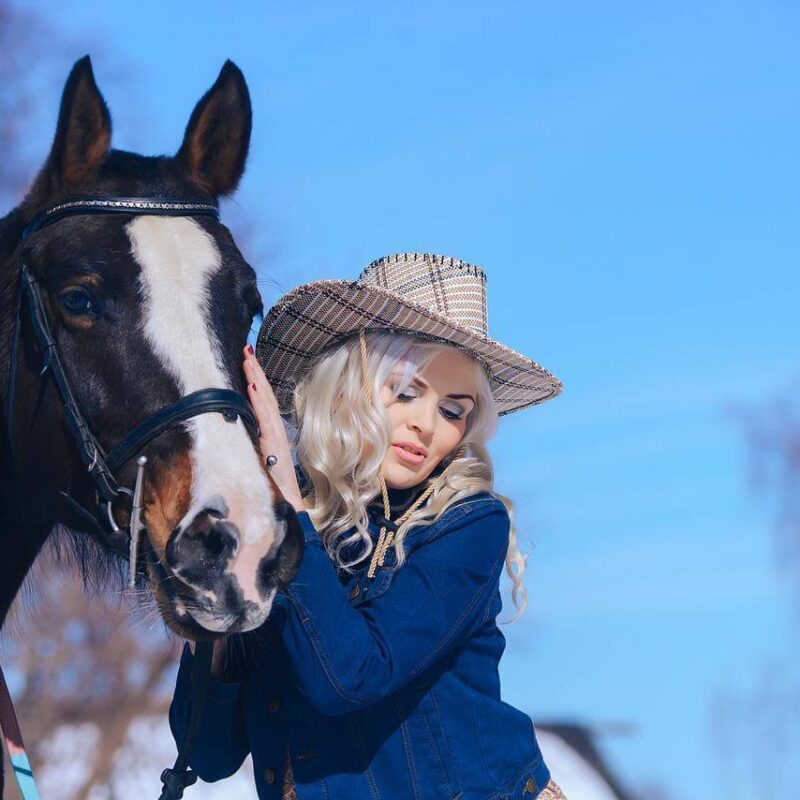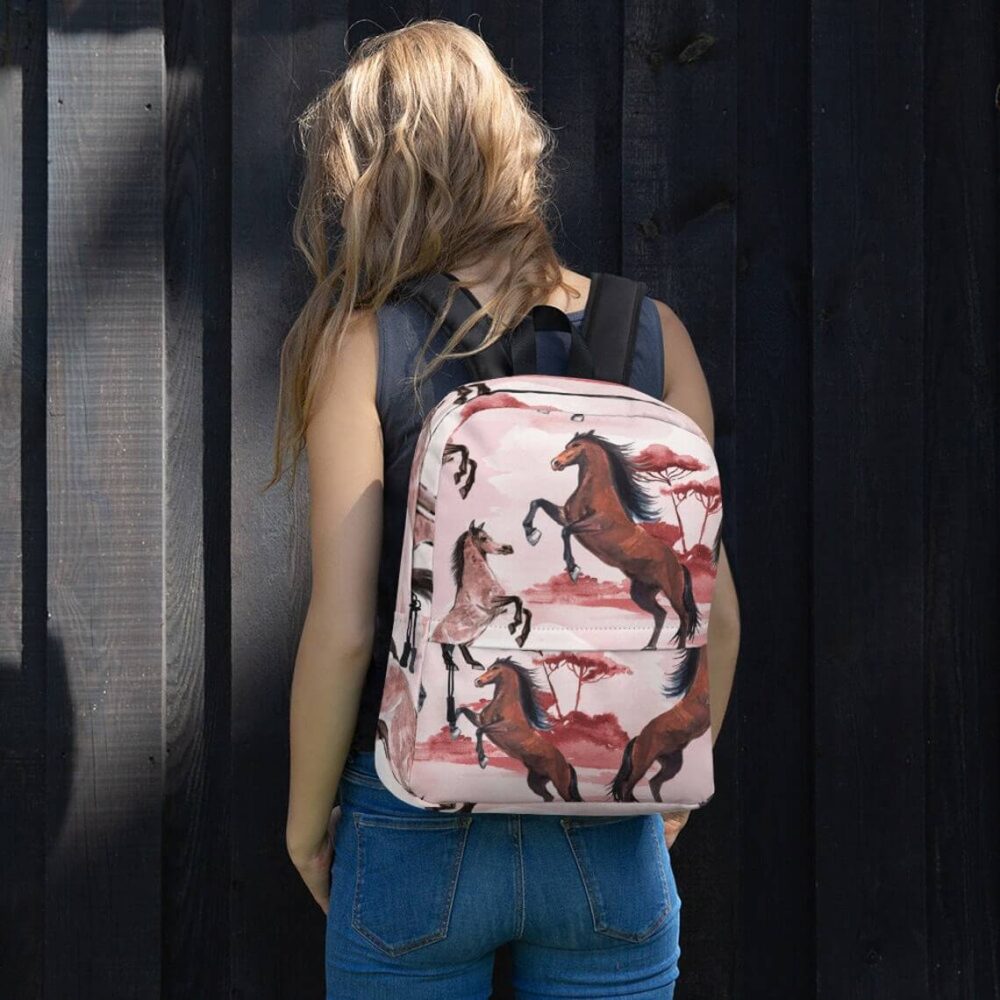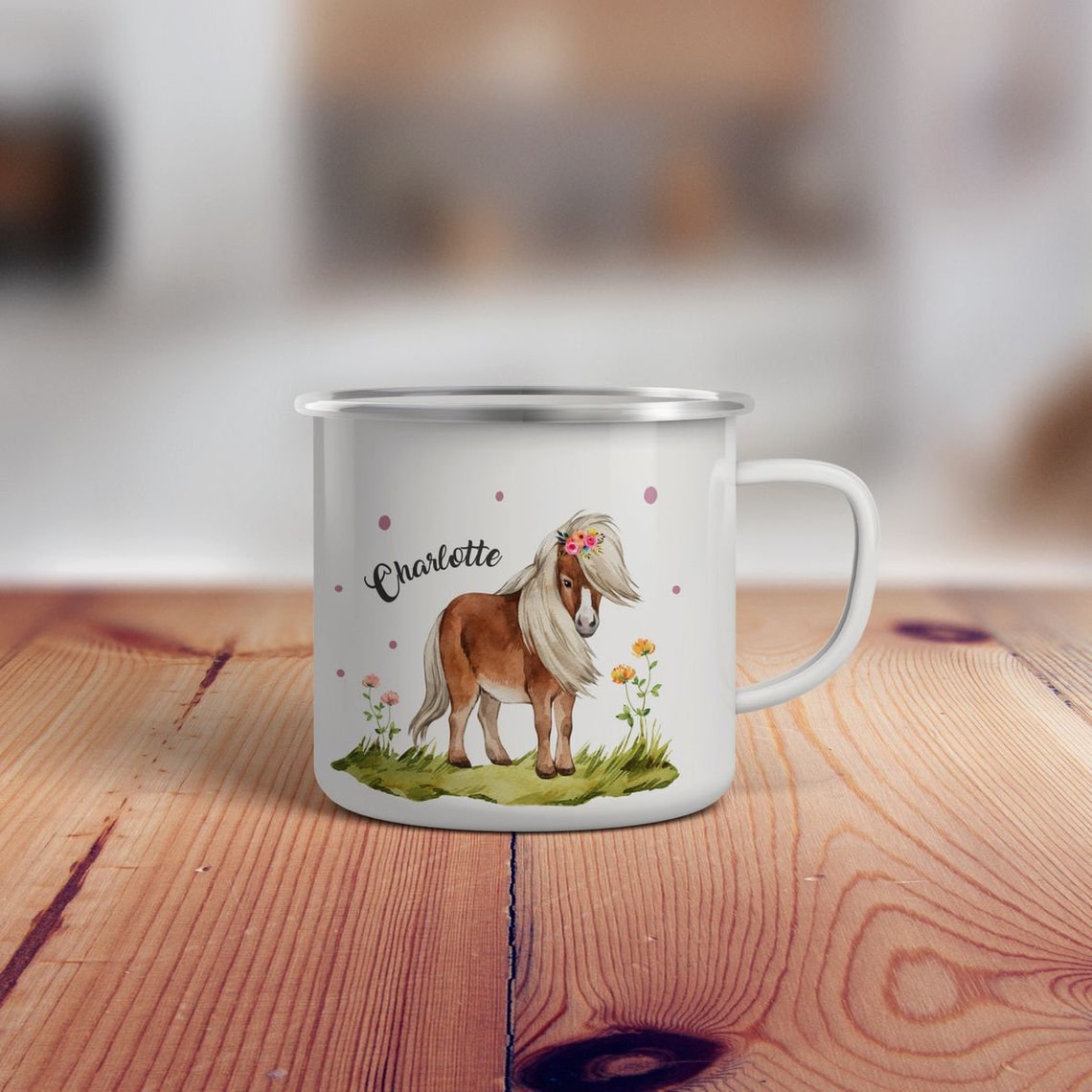
Do Horses Have Nipples? The Surprising Answer
Ever found yourself grooming a mare and suddenly wondering, «Wait… where are her nipples?» 🤔 You’re not alone. Many horse owners go years without ever noticing them—that is, until one day, while carefully brushing their horse’s belly, they spot tiny, barely-there bumps hiding under the fur. Horses do have nipples, but spotting them is trickier than you might think!
Now, let’s settle the debate once and for all: Yes, horses have nipples—but they’re not like those of cows, dogs, or humans. A mare typically has two, located between her hind legs, often concealed beneath her coat and subtle enough to miss unless you’re looking closely. Stallions and geldings? They technically have nipples too, though theirs serve no functional purpose. But why are they so discreet? And what role do they play in mares? Buckle up; the answers might surprise you.
Why Are Horse Nipples So Hard to Spot?
Unlike humans or other mammals, horse nipples aren’t prominently protruding. Instead, they’re small, flat, and often blend seamlessly into their underbelly fur. Here’s why:
- Evolutionary Design: Horses aren’t milked like cows—foals nurse briefly and efficiently. Large, noticeable teats would be unnecessary and even cumbersome during galloping or rolling.
- Subtle Placement: Situated between the hind legs, they’re shielded from debris and irritation while grazing or moving through brush.
- Minimal Swelling: Unless a mare is lactating, her nipples stay small and flush with the skin.
A fun tip for horse owners: If you’ve never found them, try running your hand along the mare’s underside after exercise when blood flow increases slightly—sometimes, they become just detectable.
Do Male Horses Have Nipples Too?
Here’s another twist: Yes, stallions and geldings have nipples. 🐴 But unlike mares, theirs are purely vestigial—think of them as leftover biological souvenirs from early fetal development.
- Why Do Males Have Them? All mammalian embryos develop similarly before sex differentiation. Nipples form before testosterone influences male traits, so males retain them, even though they serve no function.
- Can They Be Removed? Unless there’s a medical issue (like irritation or tumors), veterinarians recommend leaving them alone—they’re harmless and rarely cause problems.
How Horse Nipples Compare to Other Mammals
Horse anatomy differs wildly from species we’re more familiar with. Let’s break it down:
| Mammal | Number of Nipples | Visibility | Function |
|---|---|---|---|
| Horse | 2 | Very subtle | Lactation (mares only) |
| Cow | 4 | Highly prominent | Frequent milking |
| Dog | 8–10 | Visible when lactating | Nursing puppies |
| Human | 2 | Prominent | Breastfeeding |
Key takeaway? Horses evolved for efficiency—no extras, just what’s needed.
Common Questions About Horse Nipples
Can a Mare’s Nipples Get Infected?
Yes. Mastitis (mammary gland inflammation) can occur, especially if bacteria enter during or after lactation. Warning signs include:
- Swelling or heat
- Discharge (other than milk)
- Pain when touched
If you notice these symptoms, call your vet ASAP—untreated infections can become serious.
Do Foals Recognize Their Mother’s Nipples Instantly?
Not always! Newborns often fumble before latching correctly. Mares may shift to guide them—another reason nipples stay low-profile (imagine sprouting udders mid-gallop!).
Why Don’t Horses Have More Nipples?
Most large, single-birth mammals have fewer nipples since they rarely nurse multiple offspring. Evolution trimmed the excess!
Final Thoughts: The Marvel of Subtle Design
Next time you’re grooming your mare or gelding, take a moment to appreciate how perfectly adapted horses are—right down to their barely-there nipples. Nature prioritizes function over flash, ensuring every part serves a purpose (or quietly bows out when unnecessary).
Whether you’re a curious new owner or a seasoned equestrian, little details like these remind us how amazing horses truly are. 🐎💛 So go ahead, share this tidbit at the barn—you might just surprise a fellow horse lover!








